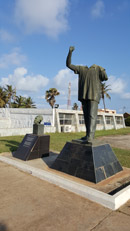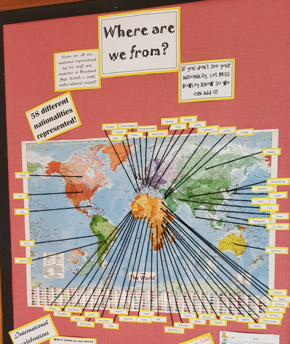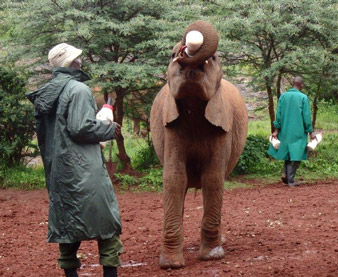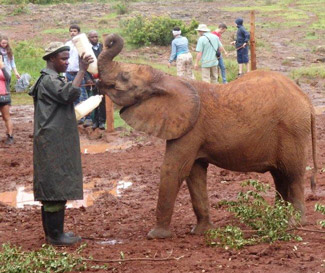
I made an interesting trip to Africa last week to visit some of our schools in Ghana and Kenya. We have around 900 schools taking our qualifications in Sub-Saharan Africa, and in Ghana the first Cambridge school was established in the capital city, Accra, in 1896. More recently, over the last three years, school numbers in the region have grown by around 25%.
Whilst in Accra I also visited the Kwame Nkrumah Memorial Park. The park marks the site where Kwame Nkrumah, Ghana's first President, proclaimed the country's independence in 1957, and in its grounds lies a headless statue with an intriguing history. and came across a statue with an extraordinary back story. The statue (pictured) is of Dr Nkrumah and it was decapitated during a CIA-backed coup in 1966, following which Dr. Nkrumah fled to Guinea, never to return during his lifetime. The head (which we see on the plinth to the left of the main statue in the photo on the right) was picked up by a private citizen and looked after in their house for several years until a more favourable political climate permitted it to be reunited with the original statue in the fitting surroundings of the Memorial Park, which also houses Dr. Nkrumah’s mausoleum.

The schools using Cambridge qualifications cater for a very diverse group of students and the photo on the left shows the 58 different countries from which students studying at Braeburn School come. Students from these schools go on to study at universities both in their own countries but also in many cases travel to higher education institutions in the UK or the United States. Several of the schools we visited offer boarding and as you can see from the photo below, dormitories are kept immaculately tidy. Study bedrooms, which are shared between two or three students, are comfortable but functional and display little evidence of the usual accumulation of teenage clutter. The drapes above the bed you see in the photo are mosquito nets which are tied up during the day.
While in Kenya we were lucky enough to be taken to a nearby elephant orphanage where the elephants are subject to a training regime to prepare them for their release back into the wild. 150 rescued orphan elephants currently live at The David Sheldrick Wildlife Trust and, before they can be safely released, they are taught a range of life skills. These include how to drink milk from bottles, and you can see them doing this in the photos below of feeding time.
Simon Lebus
Group Chief Executive, Cambridge Assessment

